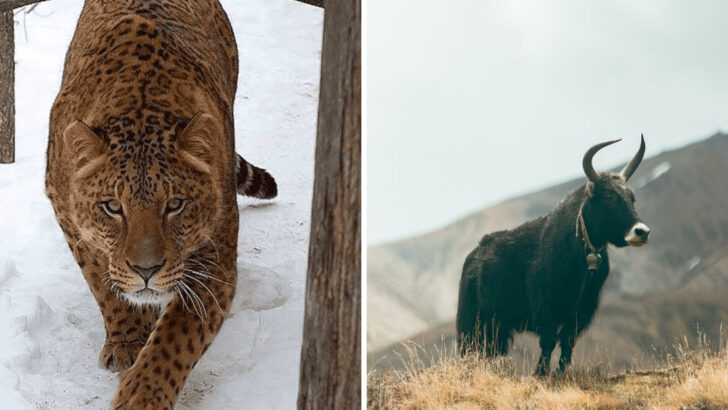In the ever-evolving tapestry of nature, new animal hybrids are appearing, weaving remarkable stories of adaptation and change.
These natural wonders reflect the resilience and creativity of wildlife across diverse ecosystems.
Each hybrid tells a unique tale of survival, overcoming the odds in a world of shifting climates and habitats.
This collection highlights fourteen such extraordinary creatures, each with their own distinct characteristics and charm.
Their emergence not only captivates scientists and nature enthusiasts alike but also provides insight into the complex dance of genetics, environment, and chance that shapes the natural world today.
Zonkey

A zebra and donkey’s unexpected union gives rise to the fascinating zonkey. With stripes reminiscent of its zebra parent contrasting beautifully against the donkey’s solid coloring, it paints a picture of wild elegance.
Zonkeys inherit the zebra’s agility and the donkey’s robust physicality, making them resilient wanderers of the African plains. Their temperament is often as unpredictable as their appearance, a quirky blend of the two distinct species.
They thrive in savannahs, where their unique traits enable them to adapt to changing environments. Marvelous yet rare, zonkeys are nature’s testament to diversity.
Liger
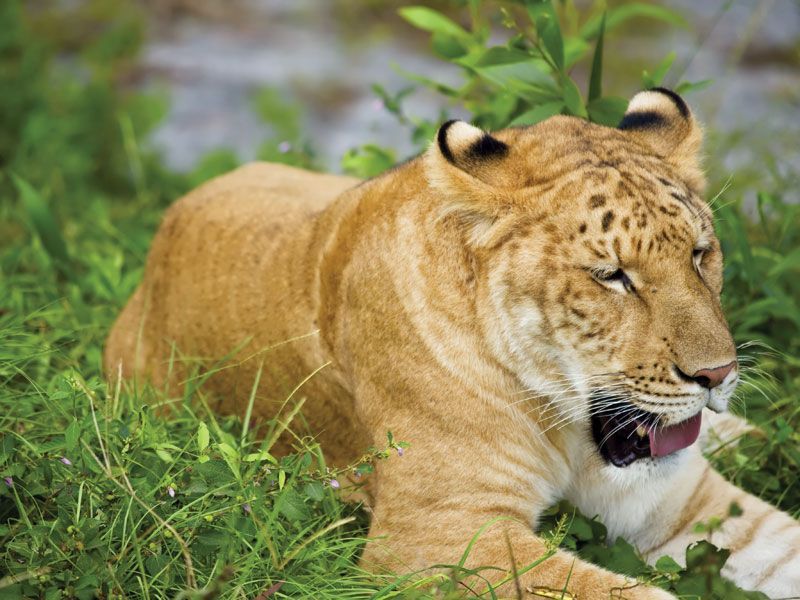
The liger, offspring of a male lion and female tiger, stands as a colossal figure in the hybrid world. It combines the lion’s majestic mane with subtle stripes inherited from its tiger lineage, creating a visual spectacle.
Ligers are known for their impressive size, larger than either parent, embodying a unique blend of feline traits. Despite their size, ligers are gentle giants with a surprisingly calm demeanor.
However, their existence is limited to captivity, as their natural habitats don’t overlap in the wild. They symbolize both the wonder and challenges of hybrid vigor.
Wholphin

Emerging from the unlikely pairing of a false killer whale and a bottlenose dolphin, the wholphin is an aquatic enigma. It inherits the streamlined body of a dolphin paired with the more muscular build of its whale parent, enabling it to navigate oceanic depths with ease.
Wholphins boast a playful intelligence, captivating marine biologists and visitors alike. Their appearances are rare, often confined to marine parks where controlled environments allow for their survival.
Wholphins highlight the ocean’s mysterious depths and the fascinating interactions within its vast ecosystems.
Grolar Bear
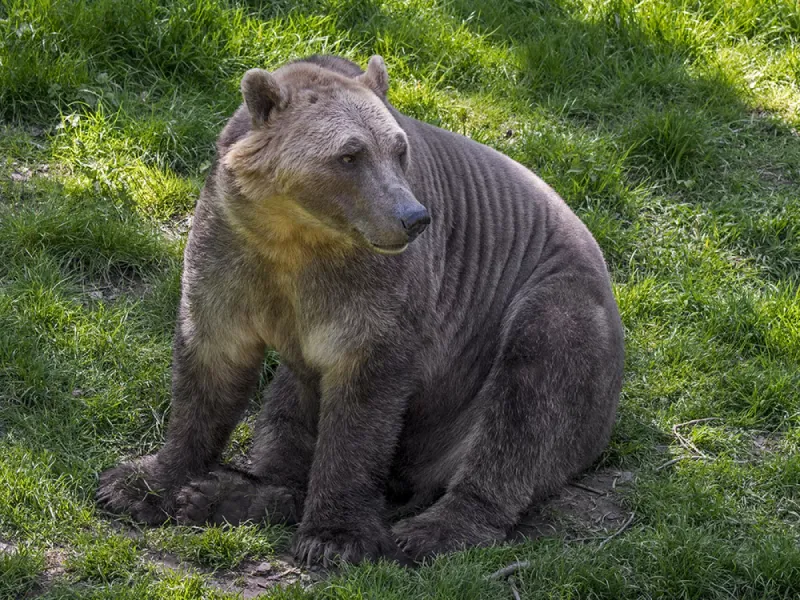
In the icy realms where polar bears and grizzlies meet, the grolar bear emerges as a testament to adaptability. With a coat combining the snowy white of polar bears and the earthy tones of grizzlies, they are equipped for survival in diverse climates.
Grolar bears inherit the hunting prowess of their parents, making them formidable predators. Their emergence is linked to climate change, as warming temperatures bring these once-separated species into contact.
Grolar bears not only capture the imagination but also serve as a reminder of the planet’s changing face and the resilience of life.
Coywolf

The coywolf, an intriguing fusion of coyote and wolf genetics, roams the forests of North America with confidence. Sporting the coyote’s agility and the wolf’s strength, they thrive in diverse habitats from urban areas to rural landscapes.
Coywolves are masters of adaptability, finding niches in environments altered by human activity. These hybrids possess a keen intelligence and social dynamics that allow them to form complex packs.
Their diverse gene pool equips them with resilience, showcasing nature’s ability to innovate in the face of environmental pressures.
Cama
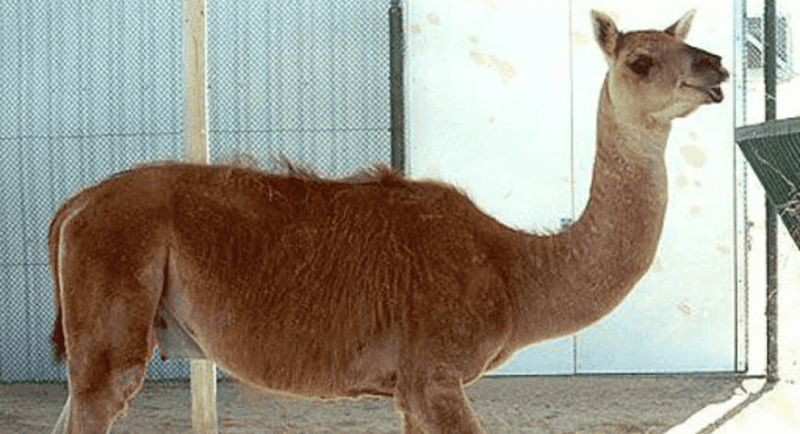
In the arid landscapes where camels and llamas are brought together by human intervention, the cama arises as a curious creation. Boasting the camel’s endurance and the llama’s gentle nature, camas are uniquely suited for desert ecosystems.
They have a smaller stature than camels, with softer, more luxurious fur. Bred for their potential utility and adaptability, camas symbolize human curiosity and the quest for innovation in livestock breeding.
They represent a bridge between distant worlds, embodying both the practicality of camels and the charm of llamas.
Savannah Cat
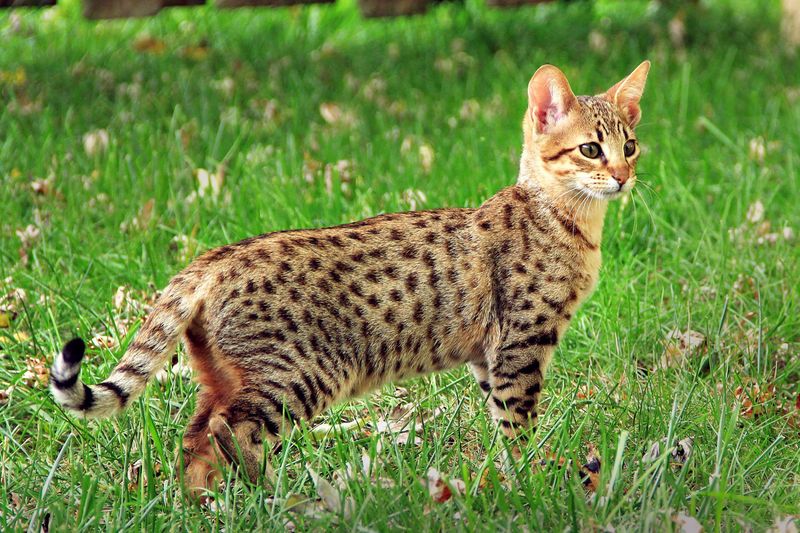
The savannah cat, a striking blend of serval and domestic cat, captivates with its exotic appearance and playful demeanor. Sporting the serval’s tall, lean body and distinctive spotted coat, they are both agile and graceful.
This hybrid retains the domestic cat’s affectionate nature, making it a popular choice for exotic pet enthusiasts. Savannah cats require ample space to explore, embodying a wild spirit within a home setting.
Their presence sparks curiosity and admiration, bridging the world of wild and domestic animals. They point to the endless possibilities of selective breeding.
Blood Parrot Cichlid
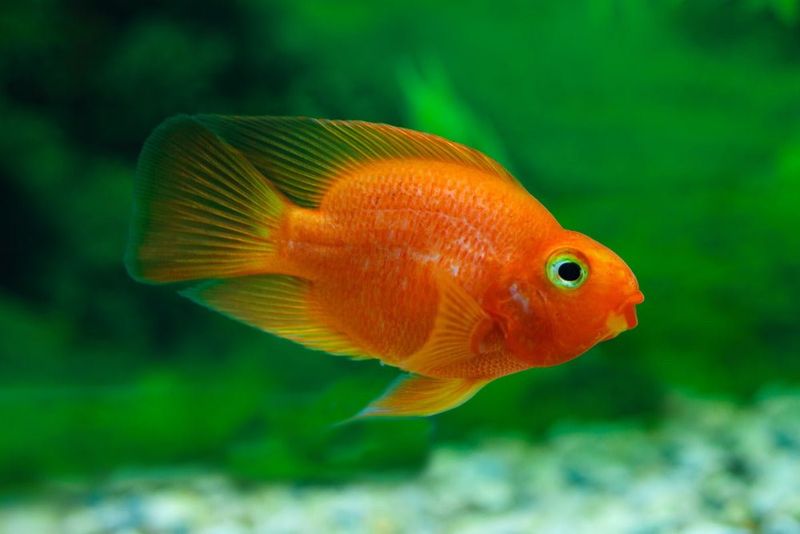
In the kaleidoscope of aquarium life, the blood parrot cichlid stands out with its radiant colors and unique shape. A blend of several cichlid species, these fish are known for their distinctive, round bodies and beak-like mouths.
Their bright orange coloring adds a splash of vibrancy to any tank. Despite controversy over their creation, blood parrot cichlids are cherished by many for their playful personalities and resilience in varied water conditions.
Their existence tells a complex tale of human influence, highlighting ethical considerations in hybrid creation.
Geep
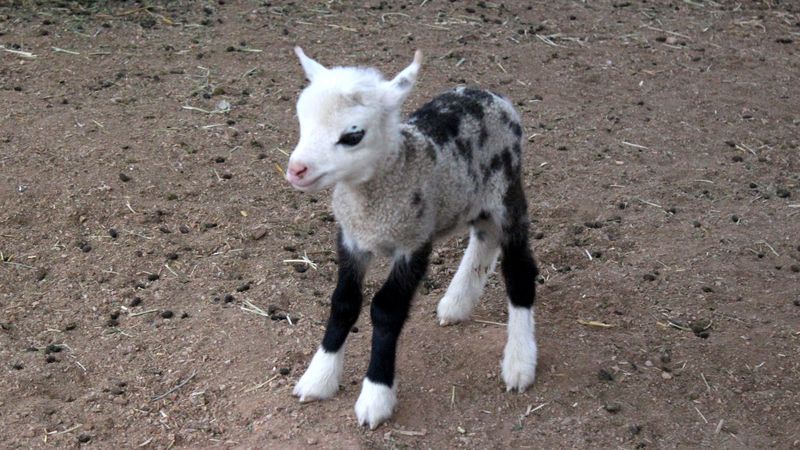
The geep, blending the line between sheep and goat, is a rare but captivating hybrid. With a woolly coat reminiscent of a sheep and the slender, agile frame of a goat, they represent a union of two common barnyard species.
Geeps are not only intriguing but also symbolize the unexpected outcomes of hybrid genetics. Their rarity makes them a point of fascination in agricultural communities, sparking conversations about the possibilities and limitations of hybrid animals.
Geeps mirror nature’s playful side, delighting those lucky enough to encounter them.
Jaglion
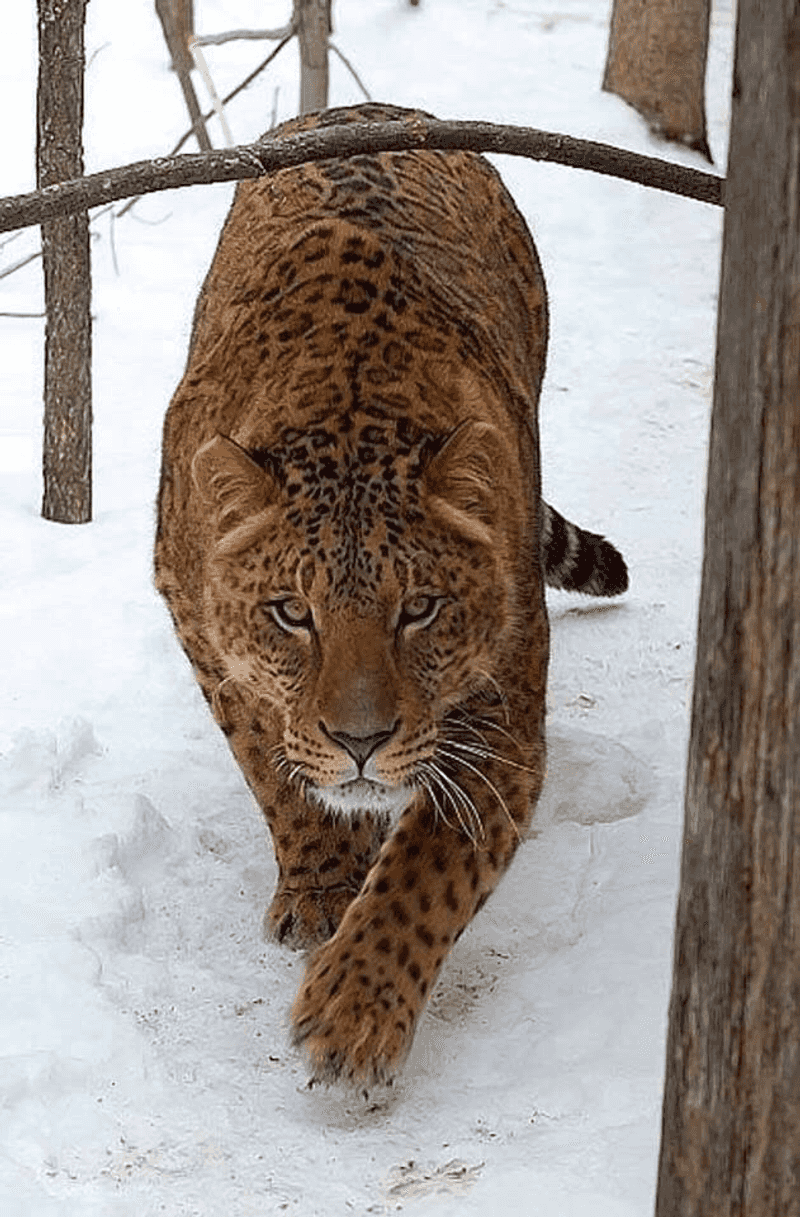
The jaglion, a mesmerizing amalgam of jaguar and lion, captivates with its striking appearance and enigmatic aura. Combining the jaguar’s distinctive rosettes with a lion’s majestic mane, they are a rare sight, mostly found in captivity.
These hybrids exude both the stealthy prowess of jaguars and the commanding presence of lions. Jaglions are a testament to the mysterious interplay of genetics and environment, showcasing traits from two powerful feline species.
Their existence prompts reflection on the roles of conservation and captivity in preserving hybrid animals.
Blynx
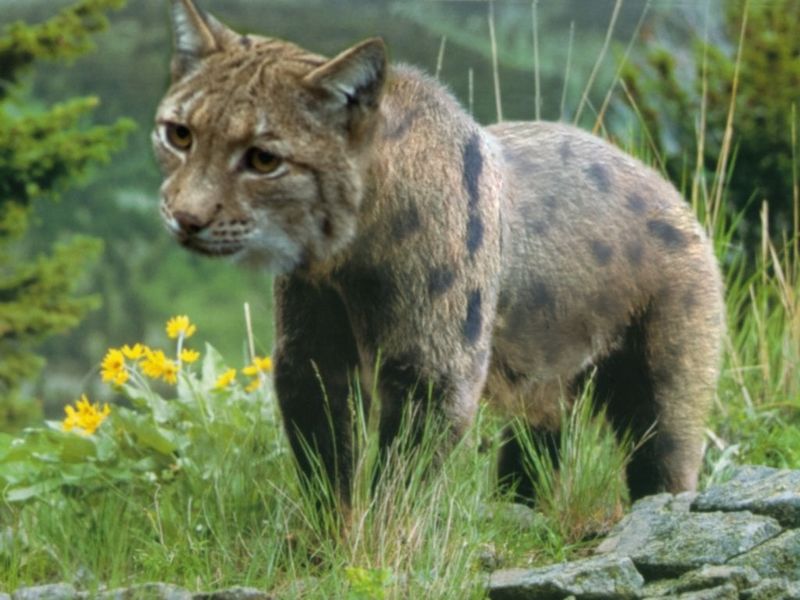
In the snowy forests of North America, the Blynx emerges as a surprising blend of bobcat and lynx. This hybrid carries the bobcat’s adaptability and the lynx’s tufted ears. Its striking appearance combines the best traits of both parent species.
While the Blynx is rare, its presence challenges our understanding of species boundaries. Its survival skills are honed by the harsh environments it calls home. This intriguing mix has scientists eager to learn more.
With a coat that reflects the icy landscape, the Blynx is a testament to nature’s unpredictability. Its existence raises questions about the future of these hybrid creatures.
Dzo
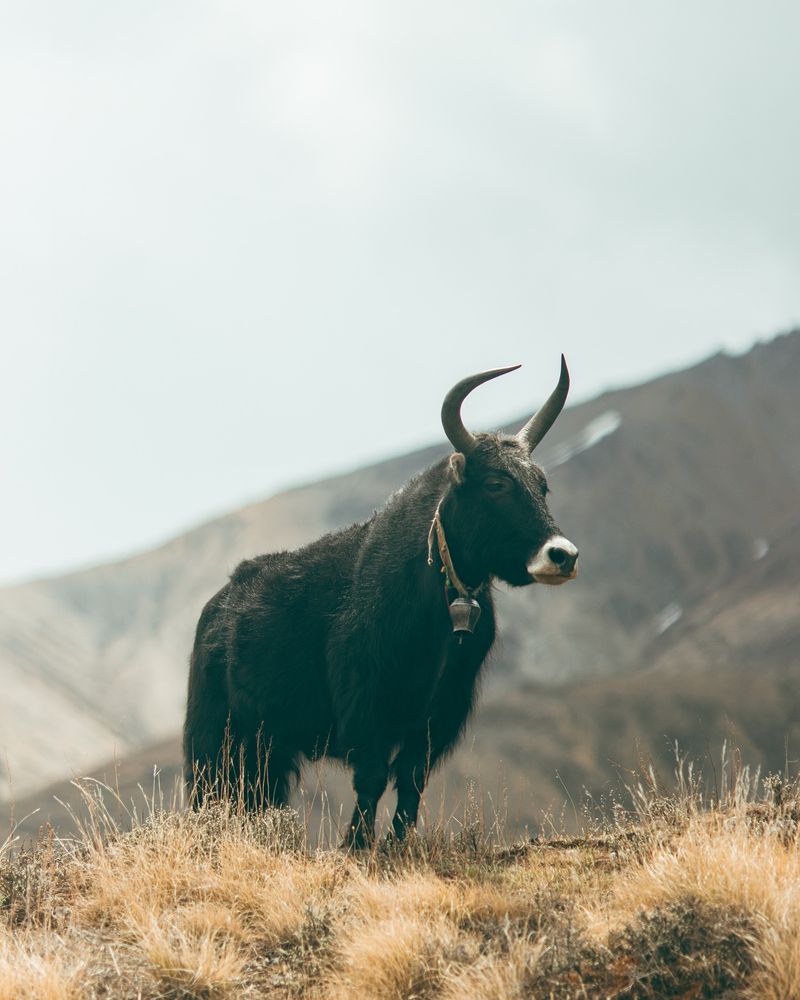
In the high altitudes of Tibet and Mongolia, the dzo arises from the union of yak and domestic cattle. Known for their strength and endurance, dzo are prized for their ability to thrive in mountainous regions.
They possess the yak’s robust build and the cow’s approachable demeanor, making them valuable assets to local herders.
Dzo play a crucial role in agriculture and transport, bridging the gap between wild and domesticated traits. Their existence reflects the harmonious blend of nature and human necessity, fostering sustainability in challenging landscapes.
Leopon
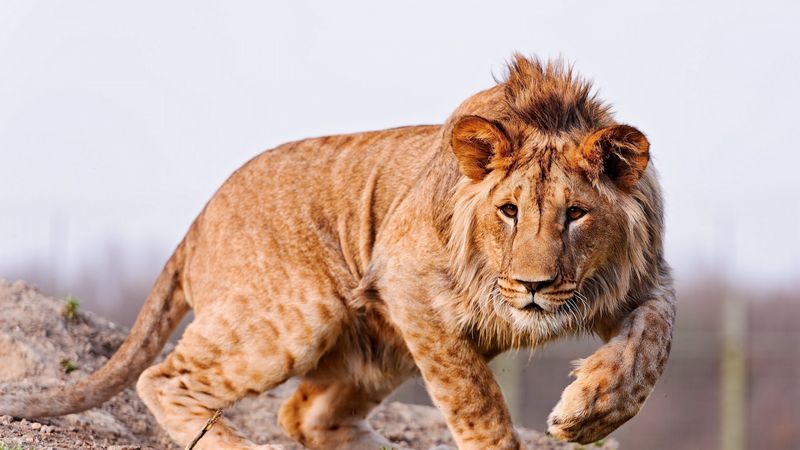
The leopon, a stunning hybrid of leopard and lion, graces the savannah with its regal presence. Featuring the leopard’s sleek body and a lion’s flowing mane, this hybrid is a testament to the beauty of nature’s diversity.
Leopons are primarily found in captivity, where their unique traits can be observed and studied. They embody the fluidity of the animal kingdom, where boundaries blur and new forms emerge.
Leopons intrigue scientists and animal lovers alike, providing insight into the complex world of genetic inheritance.
Hinny
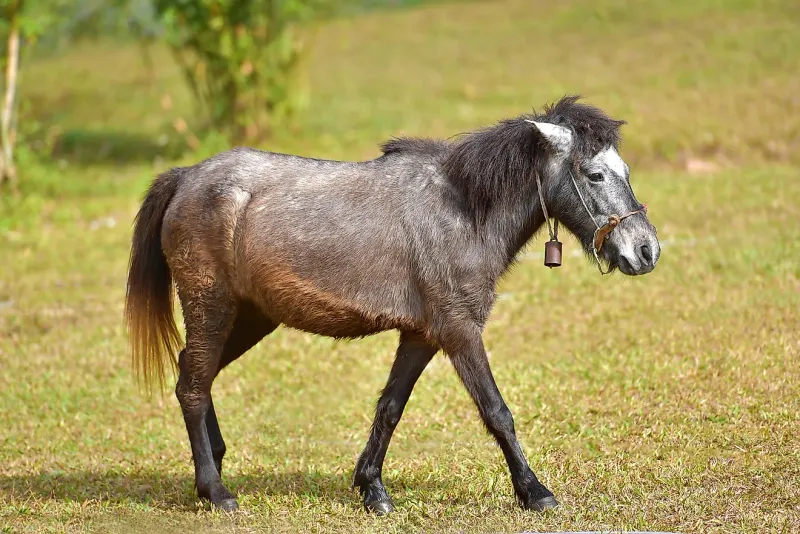
The hinny, a less common counterpart to the mule, emerges from the cross between a female donkey and a male horse. With a robust yet compact build, hinnies are known for their strength and gentle temperament, inherited from both parents.
They possess a unique blend of traits, offering resilience in varied terrains. Hinnies are valued for their versatility, often used as pack animals.
Their existence highlights the unpredictable nature of hybrid offspring, showcasing a blend of attributes that defy traditional expectations.

